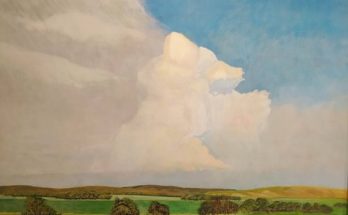By Chatito Paz
The «huapango arribeño» is a cultural ritual that takes place in the Sierra Gorda region of Mexico representing the synthesis of the nation’s cultural diversity. This ritual has evolved since the mid-19th century and has been practiced by different groups such as troubadours, «jaraneros,» «vareros,» and the local people. The «huapango arribeño» differs from the «huapango huasteco» in its reflective, solemn, and melancholic tone. It is not about establishing superiority between both styles but rather recognizing their unique characteristics.
The «huapango arribeño» is practiced in a region that spans parts of San Luis Potosí, Querétaro, and Guanajuato. It shares some elements with the Huastec tradition such as the «guitarra quinta» (a type of guitar), the lyrics in octosyllabic six-line stanzas, and the footwork. However, each tradition has its own particularities. The Huastec huapango is characterized by its intensity, falsetto singing, and strophic resonance, while the arribeño is more reflective and sometimes challenging.
Guillermo Velázquez, along with other artists and activists, has taken on the challenge of preserving and promoting the huapango arribeño. They have faced obstacles such as the influence of capitalism and the lack of justice and healthcare in rural communities. Despite everything, the tradition has remained alive and has been passed down from generation to generation.
The music of the huapango is based on common structures but also allows musicians to showcase their own peculiarities and individual styles. The transmission of knowledge is done orally and is appreciated on different occasions such as weddings, civic festivities, and tributes to the deceased. Guillermo Velázquez and The Lions of the Sierra de Xichú have adapted their music and performances according to the context and the audience they face.
Velázquez and his wife, Isabel Flores, are recognized not only as artists but also as advocates for justice in rural communities. They have worked on cultural outreach projects and have established relationships with other artists and activists. They have brought their music and message to various places including the Lacandon Jungle where they performed in front of the Zapatista command.
They will perform this Thursday, May 25, at 8pm, in the atrium of the Valle del Maíz Chapel, as part of the celebrations of the Holy Cross.




